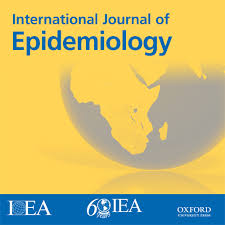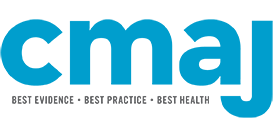Quality, quantity and harmony: the DataSHaPER approach to integrating data across bioclinical studies.
Quality, quantity and harmony: the DataSHaPER approach to integrating data across bioclinical studies. Journal: Int J Epidemiol | Pages: 1383-1393 | Date: September 2012 | Authors: Fortier I, Burton PR, Robson PJ, Ferretti V, Little J, L’Heureux F, Deschênes M, Knoppers BM, Doiron D, Keers JC, Linksted P, Harris JR, Lachance G, Boileau C, Pedersen NL, Hamilton CM, Hveem K, Borugian MJ, Gallagher RP, McLaughlin J, Parker L, Potter JD, Gallacher J, Kaaks R, Liu B, Sprosen T, Vilain A, Atkinson SA, Rengifo A, Morton R, Metspalu A, Wichmann HE, Tremblay M, Chisholm RL, Garcia-Montero A, Hillege H, Litton JE, Palmer LJ, Perola M, Wolffenbuttel BH, Peltonen L, Hudson TJ. BACKGROUND: Vast sample sizes are often essential in the quest to disentangle the complex interplay of the genetic, lifestyle, environmental and social factors that determine the aetiology and progression of chronic diseases. The pooling of information between studies is therefore of central importance to contemporary bioscience. However, there are many technical, ethico-legal and scientific challenges to be overcome if an effective, valid, pooled analysis is to be achieved. Perhaps most critically, any data that are to be analysed in this way must be adequately ‘harmonized’. This implies that the collection and recording of information and data must be done in a manner that is sufficiently similar in the different studies to allow valid synthesis to take place. METHODS: This conceptual article describes the origins, purpose and scientific foundations of the DataSHaPER (DataSchema and Harmonization Platform for Epidemiological Research; http://www.datashaper.org), which has been created by a multidisciplinary consortium of experts that was pulled together and coordinated by three international organizations: P³G (Public Population Project in Genomics), PHOEBE (Promoting Harmonization of Epidemiological Biobanks in Europe) and CPT (Canadian Partnership for Tomorrow Project). RESULTS: The DataSHaPER provides a flexible, structured approach to the harmonization and pooling of information between studies. Its two primary components, the ‘DataSchema’ and ‘Harmonization Platforms’, together support the preparation of effective data-collection protocols and provide a central reference to facilitate harmonization. The DataSHaPER supports both ‘prospective’ and ‘retrospective’ harmonization. CONCLUSIONS: It is hoped that this article will encourage readers to investigate the project further: the more the research groups and studies are actively involved, the more effective the DataSHaPER programme will ultimately be. http://www.ncbi.nlm.nih.gov/pubmed/20813861






